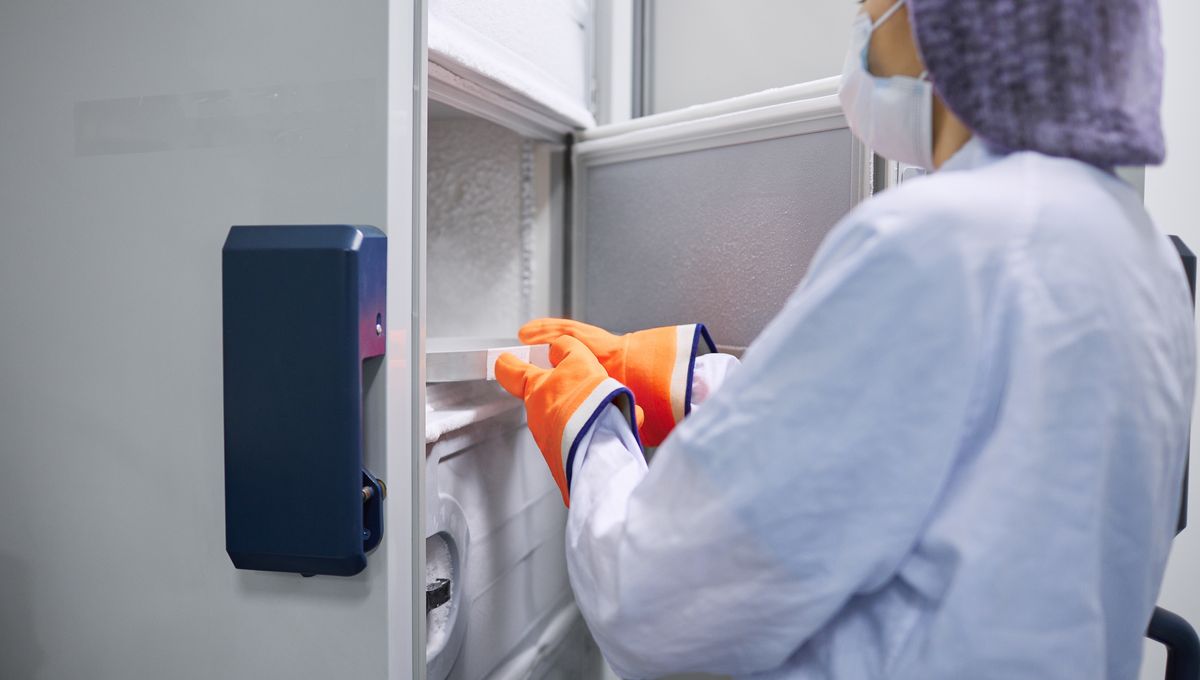
Freezers are important inventions. Whether they are in a domestic environment or a professional scientific laboratory, freezers play a vital role in helping preserve objects and substances that would otherwise perish beyond use. It is no surprise that a faulty freezer can cause catastrophic loss if not caught quickly.
As with any technology, freezer failures and equipment malfunctions are inevitable – but sometimes, you can be incredibly unlucky. As one study found in 2015, when a facility in America saw 16 percent of its biorepositories fail in a year. As such, no one has yet designed an indestructible freezer, and every machine will eventually break down in one way or another. With that said, sample loss is entirely preventable and does not have to be a common occurrence in laboratory settings.
Why could a freezer fail?
There is a long list of reasons why a freezer may fail, such as:
- Facility-wide power outages
- General wear and tear
- Compressor breakdowns
- Temperature stabilization due to door openings
- Frost accumulation
- Varying environmental factors
- Equipment quality
When freezers fail in a scientific institute it can often make headlines due to the expensive sample loss.
Chilling freezer failures
One terrifying freezer failure involved the Harvard Brain Tissue Resource Center. This centralized resource collects and distributes human brain samples for research. At any given time, they have thousands of brain samples stored in multiple freezers.
It was May 31, 2012, when a staff member noticed that the displayed temperature monitor did not match the actual internal temperature within a freezer. Upon further investigation, it was discovered that one of the institute’s freezers (one of 24) had lost power. Unfortunately, the failure was not recent and had occurred three days prior. This meant it was too late to prevent the thawing of the tissue samples.
This all happened despite the center completing their standard operating procedures – laboratory staff checking the freezers twice a day. However, in this case, no one had noticed the power issue. It did not help that the digital display on the front of the freezer indicated that the freezer itself was −79°C (−110°F) – the expected temperature. Along with this, two separate alarms had also failed.
As it turns out, the facility had no internal freezer sensors or an independent system. If it did, this catastrophe may have been avoided.
In the end, this fault cost the Harvard Brain Tissue Resource Center 147 brain samples. Fifty-four of the total samples were from autistic people, which was a devastating loss as it accounted for a quarter of the global autism brain samples and took over 14 years to accrue. This single error may have delayed autism research by several decades.
A more recent freezer disaster happened at the Karolinska Institutet in Sweden. The facility stores irreplaceable research samples, biomaterials, and cell lines that cover research areas like cardiology, endocrinology, and hematology in tanks that are cooled with liquid nitrogen, which keeps them at a chilly −190°C (−310°F). To maintain the cold temperature, there is an automatic system to refill the liquid nitrogen.
Over the 2023 winter holiday period, there was a malfunction in the nitrogen flow, which caused 16 out of 19 tanks to rise in temperature. This malfunction remained unnoticed for 120 hours and caused the samples to defrost and become ruined.
This catastrophe will have far-reaching consequences for the different department’s research. The incident has been reported to the police, although it is not suspected that malicious forces were at play for this event.
In this scenario, there were multiple points of failure. The first was the nitrogen flow itself. The second was the automatic alert system. For the latter, when a failure occurs, emails and SMS messages are sent out to registered owners of the material – but this never happened, as the texts got stuck in the server.
Despite these notable freezer failures, sample loss is simply unacceptable. Thankfully, it can often be prevented with the right system in place.
What can people do to prevent freezer failures?
One way to avoid sample loss is to invest in a robust and independent environmental monitoring system, which will allow the user to be alerted when there is any sign of failure. These systems will work and notify the emergency contacts through email, text message, or even a phone call.
Another advantage is live support before, during, and after your facility experiences an equipment malfunction or failure. XiltriX keeps a pulse on your facility and offers 24/7 real-time monitoring and live agent support.
Freezer failures have been a big problem in the past. If you want to discuss your freezer failure issues or learn more about monitoring systems, be sure to complete our survey here.
This article includes sponsored material. Read our transparency policy for more information.
Source Link: Mastering Freezer Monitoring: A Guide To Avoiding Laboratory Disasters